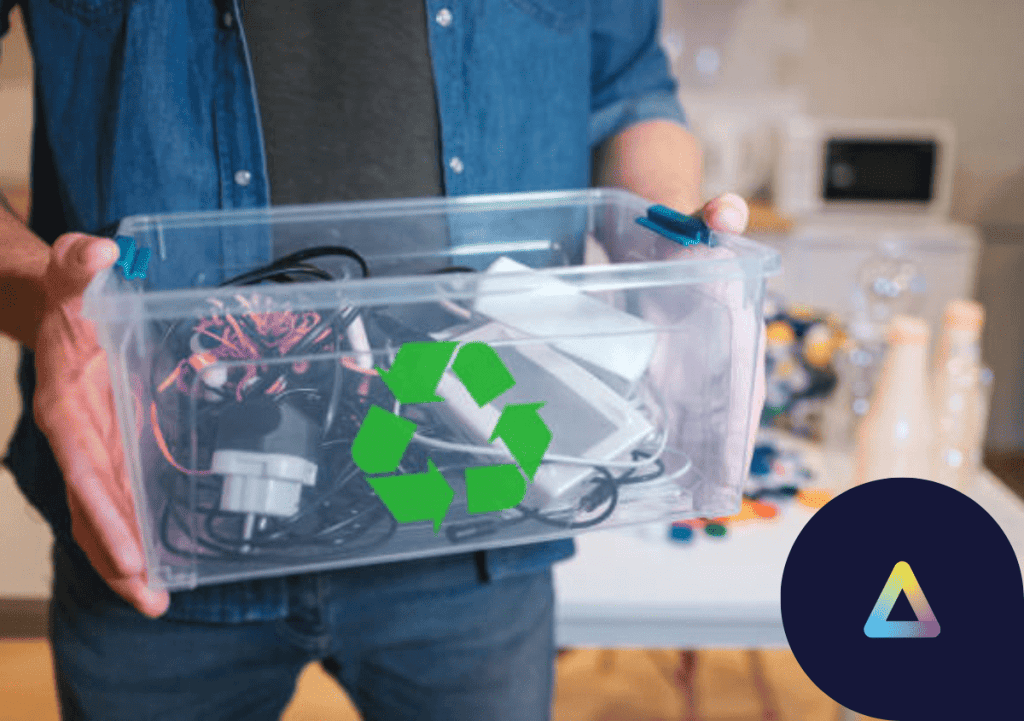Enterprises in every vertical are under pressure to reduce their carbon footprint and offset the environmental ripples of their operations.
This trend is no different in the business process outsourcing (BPO) and contact centre industry, in which many service providers have expressed their commitment to establishing “greener” practices.
Take industry giant Teleperformance, for instance. The firm has implemented eco-friendly policies to reduce energy consumption, improve resource efficiency, and educate employees, vendors, and contractors on sustainability, all in service of minimising the environmental impacts of its global operations.
As the world’s largest BPO, Teleperformance is paving the way for others to follow, but how can mid-tier BPOs and contact centres reduce their emissions and become more eco-friendly?
This piece looks at how and why contact centre executives should meet their eco-friendly targets, covering the possibility of improving the company’s competitive advantage and lowering operational and capital expenses through sustainable practices.
Why Eco-Friendly Operations are Vital in Today’s Market
Becoming a green business is about operating in the environment’s best interests while considering the company’s impact on society. It requires firms to focus on being socially responsible by limiting the use of the planet’s resources, all while continuing to find success as a profitable business.
We never said it would be easy, but contact centres are firmly positioned to make these improvements by adopting the right practices.
Physical Centres Vs. Remote Working and BYOD
Contact centre facilities consume high volumes of energy and resources, such as electricity, water, and gas, while also producing a large amount of general waste. Moreover, more employees equal more consumption, so reducing the level of resources required to sustain a growing workforce has always been a challenge in the sector.
The World Economic Forum found that 40% of global energy-related carbon emissions come from buildings, meaning contact centres can significantly improve their eco-friendliness by limiting their reliance on huge facilities.
Work-at-home, remote, and hybrid operations are highly effective ways to reduce that consumption, giving the ability to scale operations without taking on more real estate. In addition, a bring-your-own-device (BYOD) policy can help even further by lowering the company’s reliance on depreciating hardware and eliminating the need to transport and recover corporate-owned machines.
Complimenting a remote working operation are cloud technologies, which can help run virtual customer service operations without any resource-hungry in-centre infrastructure. This combination of work-at-home, BYOD, and sustainable cloud technologies has become one of the most environmentally-friendly ways of running a BPO operation. And, with the efficiency benefits they bring, along with the associated reductions in CapEx and OpEx, contact centres can quickly boost their operating income and profits.
Reducing Commutes to Reduce Carbon
When COVID-19 forced contact centres to adopt new work-at-home practices or accelerate their plans for a hybrid workforce, it was definitely a good thing for the environment.
In a study by the Global Carbon Project, the team found that covid lockdowns in 2020 caused the largest reduction in CO2 emissions ever recorded, suggesting that the global transition to work-at-home was positive for the planet. However, in 2021, with much of the world returning to business as usual, CO2 emissions quickly returned to pre-covid levels.
Many BPOs are now shifting agents back into their contact centres en masse, driven primarily by mounting client pressures and depreciating real-estate assets. Still, forcing employees to once again commute to the contact centre will cause the industry’s carbon output to increase.
For contact centres that want to reduce their carbon footprint, a commitment to remote working practices is essential to reaching the goal of net-zero. By hiring for work-at-home positions and moving as many roles as possible into a remote setting, companies can significantly reduce the carbon output associated with long commutes to the office.
Eco-Friendliness As A Competitive Differentiator
Today’s consumers, employees, and investors keep a keen eye on businesses’ environmental footprints, even researching their ecological impacts before engaging with a company. As such, brands that can prove a commitment to eco-friendliness and a sustainable mindset will earn the loyalty that will differentiate them in the market.
In other words, green operations are not only great for the planet; they’re great for the bottom line.
In closing, the benefits of “going green” are clear, especially with a robust work-at-home and BYOD strategy in place. By shifting the focus towards remote work and cloud technologies, contact centres can save on the costs of maintaining a large facility, eliminate tonnes of CO2 emissions from employee commutes, and strengthen their position in the market, setting them on a path to a successful carbon-neutral future.
Take the next step towards a carbon neutral call center
Advance yourESG policy and move closer to carbon neutral with by partnering with ThinScale to reduce your need for corporate devices and eliminating unnecessary shipping throughout the device lifecycle.



